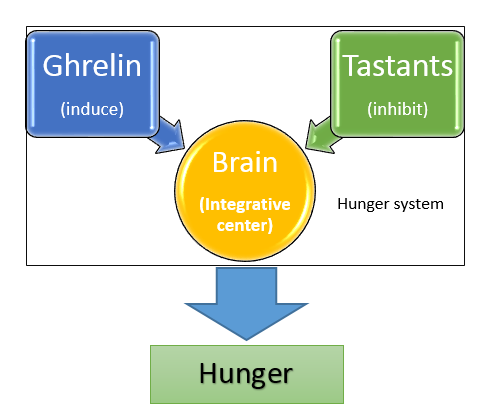Taste and the regulation of food intake:
insights and comments
Palabras clave:
Ghrelin, Eating, taste, mathematical biology, Computer Simulation, Flavor IntensifierResumen
A modest archetypal of satiation is that it boils down primarily to two categories of signals transmitted from the gastrointestinal tract to the brain: stomach and intestine sensing and metabolism. Novel investigations endow us with the view that an extension of this traditional model is conceivable and called for, wherein intestinal satiation is the byproduct not only from signals related to the caloric content of ingested nutrients, but also from noncaloric properties of ‘tastant molecules’ in foodstuff. On this paper we discuss a recently published paper regarding the impact of tastants (e.g., noncaloric substance widely used as taste enhancers) on hunger and food intake. We gather the in vivo results (nasoduodenal infusions of tastants) with a recently developed mathematical model for ghrelin by the author and co-workers and we successfully replicate in silico part of the findings. The key results from the abovementioned paper and replicated herein is that tastant can inhibit hunger; with different levels of impact, umami being the strongest one, and the union of them being even stronger.
Descargas

Descargas
Cómo citar
Número
Sección
Licencia
Declaro que el presente artículo es original y que no ha sido sometido a publicación en ninguna otra revista, ya sea nacional o internacional, ni en parte ni en su totalidad. Declaro, además, que una vez publicado en la Revista Gestión & Salud, editada por la Universidad de Brasilia, el mismo no será sometido por mí ni por ninguno de los demás coautores a ningún otro medio de divulgación científica.
Por medio de este instrumento, en mi nombre y en nombre de los demás coautores, si los hubiere, cedo los derechos de autor del referido artículo a la Revista Gestión & Salud y declaro estar consciente de que el incumplimiento de este compromiso someterá al infractor a las sanciones y penas previstas en la Ley de Protección de Derechos de Autor (Nº 9609, del 19/02/98).

 Revista Eletrônica Gestão & Saúde está licenciado com uma Licença
Revista Eletrônica Gestão & Saúde está licenciado com uma Licença 